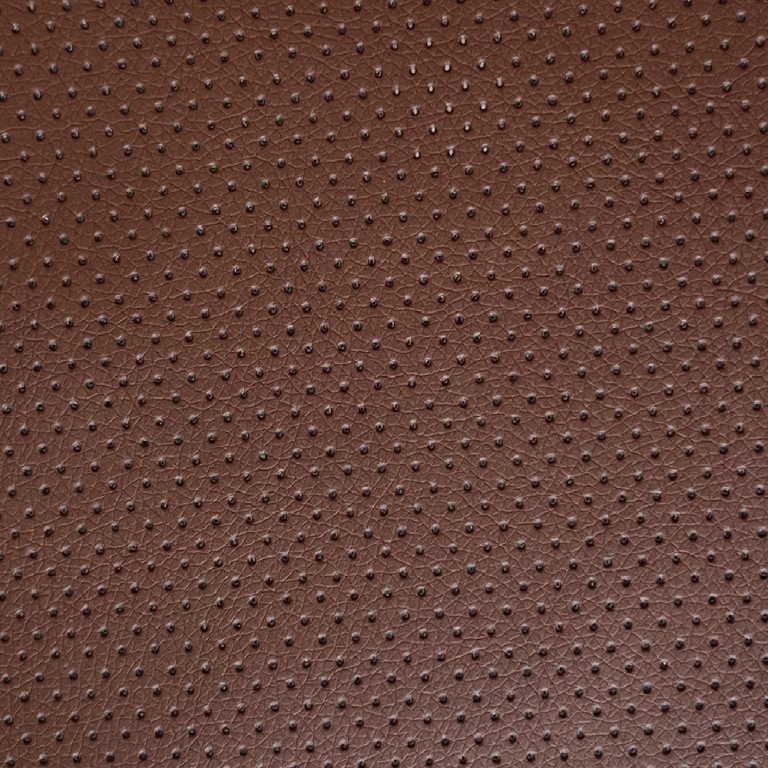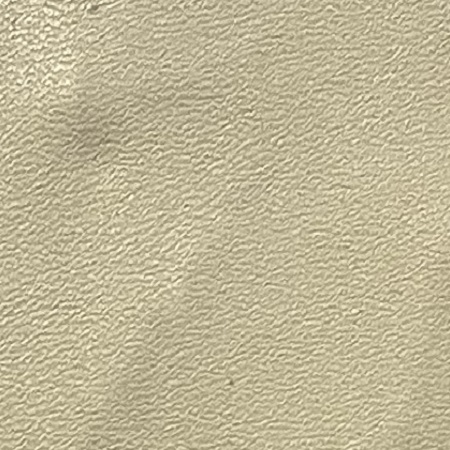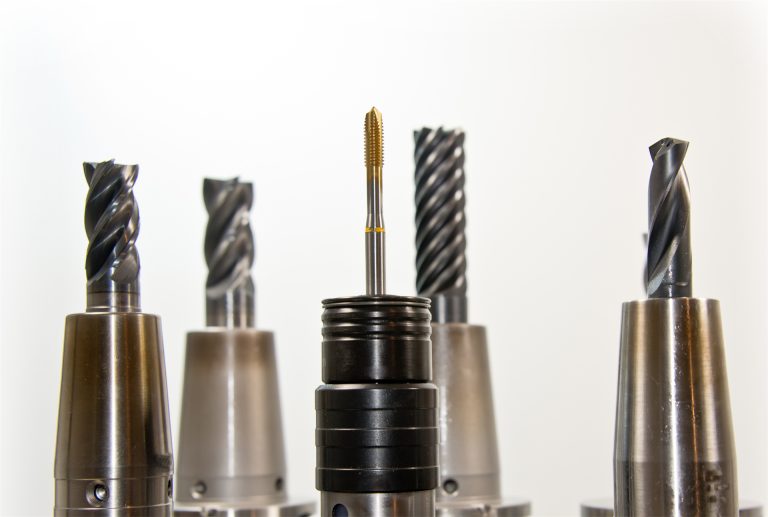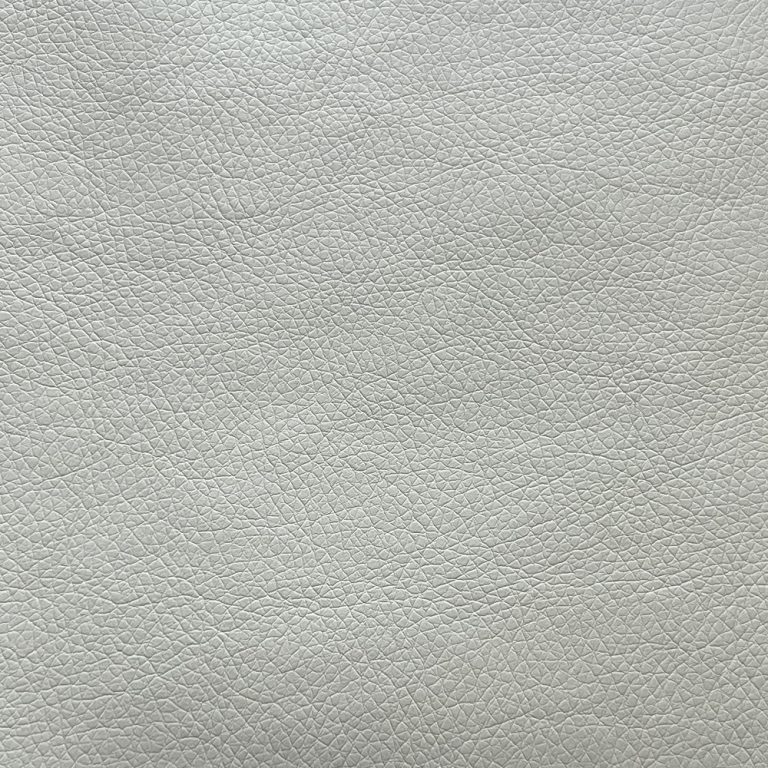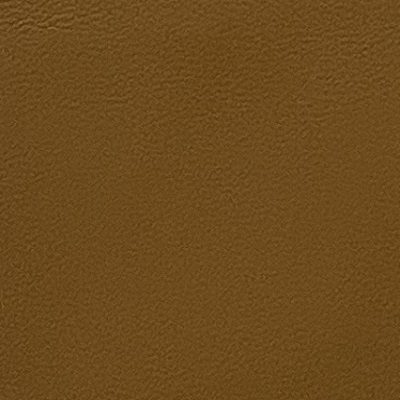Table of Contents
Benefits of Using Foam-Lined Shoe Lining Fabric
Shoe lining fabric with foam is a popular choice for footwear manufacturers due to its many benefits. This type of lining provides added comfort, support, and durability to shoes, making them more comfortable to wear for extended periods. Foam-lined shoe lining fabric is made by combining a layer of foam with a fabric lining, creating a soft and cushioned surface that conforms to the shape of the foot.
One of the main benefits of using foam-lined shoe lining fabric is the added comfort it provides. The foam layer helps to cushion the foot and absorb shock, reducing the impact on the feet and joints when walking or standing for long periods. This can help to prevent foot fatigue and discomfort, making shoes with foam-lined lining fabric a popular choice for those who are on their feet all day.
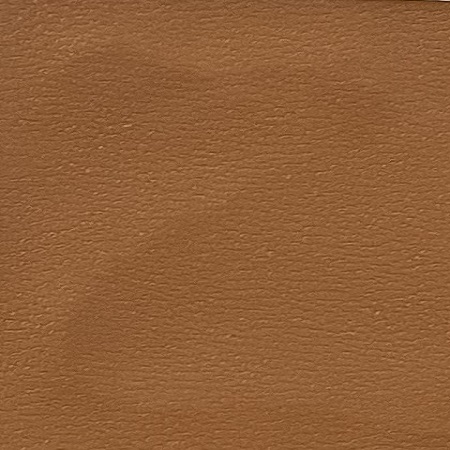
In addition to comfort, foam-lined shoe lining fabric also provides added support to the foot. The foam layer helps to distribute weight evenly across the foot, reducing pressure points and providing stability. This can help to prevent foot injuries and improve overall foot health, making foam-lined shoes a great choice for those with foot conditions or who are prone to foot pain.
Another benefit of using foam-lined shoe lining fabric is its durability. The foam layer helps to protect the fabric lining from wear and tear, extending the life of the shoes. This can save consumers money in the long run, as they won’t have to replace their shoes as often. Additionally, foam-lined shoe lining fabric is easy to clean and maintain, making it a practical choice for those who want their shoes to look good for longer.
Foam-lined shoe lining fabric is also breathable, allowing air to circulate around the foot and preventing moisture buildup. This can help to prevent odors and keep the feet feeling fresh and dry throughout the day. The breathable nature of foam-lined shoe lining fabric also helps to regulate temperature, keeping the feet cool in hot weather and warm in cold weather.
Overall, foam-lined shoe lining fabric offers a range of benefits that make it a popular choice for footwear manufacturers and consumers alike. From added comfort and support to durability and breathability, foam-lined shoe lining fabric is a practical and comfortable choice for those looking for high-quality footwear. Whether you’re on your feet all day or just looking for a comfortable and stylish pair of shoes, foam-lined shoe lining fabric is a great option to consider.
How to Choose the Right Foam Thickness for Shoe Lining
When it comes to choosing the right foam thickness for shoe lining, there are several factors to consider. The foam lining in a shoe plays a crucial role in providing comfort, support, and cushioning for the wearer. The thickness of the foam can greatly impact the overall feel and performance of the shoe, so it’s important to choose the right thickness for your specific needs.
| Product Name | Shoe lining fabric |
| Serial Number | 1 |
One of the first things to consider when choosing the right foam thickness for shoe lining is the type of shoe and its intended use. Different types of shoes, such as athletic shoes, dress shoes, and casual shoes, may require different foam thicknesses to provide the appropriate level of support and comfort. For example, athletic shoes that are designed for high-impact activities may require a thicker foam lining to provide extra cushioning and shock absorption, while dress shoes may only require a thin foam lining for added comfort.
Another important factor to consider is the weight and activity level of the wearer. Heavier individuals or those who engage in high-impact activities may require a thicker foam lining to provide the necessary support and cushioning. On the other hand, individuals who are lighter in weight or engage in low-impact activities may only require a thinner foam lining for adequate comfort.
In addition to the type of shoe and the wearer’s weight and activity level, it’s also important to consider the overall fit and feel of the shoe. The thickness of the foam lining can impact the fit of the shoe, so it’s important to choose a thickness that provides the right amount of cushioning without compromising the fit. A foam lining that is too thick may make the shoe feel too tight, while a foam lining that is too thin may not provide enough support and cushioning.
When choosing the right foam thickness for shoe lining, it’s also important to consider the material and construction of the shoe. Some shoes may have specific design features or materials that require a certain thickness of foam lining to provide the best performance. For example, shoes with a narrow or shallow footbed may require a thinner foam lining to avoid making the shoe feel too tight, while shoes with a wider or deeper footbed may require a thicker foam lining for added support and cushioning.
Ultimately, the right foam thickness for shoe lining will depend on a variety of factors, including the type of shoe, the wearer’s weight and activity level, and the overall fit and feel of the shoe. It’s important to carefully consider these factors and choose a foam thickness that provides the right level of support and comfort for your specific needs. By taking the time to choose the right foam thickness for shoe lining, you can ensure that your shoes provide the best possible performance and comfort for your feet.
DIY Tips for Adding Foam to Shoe Lining Fabric
Shoe lining fabric with foam is a popular choice for those looking to add extra comfort and cushioning to their footwear. Whether you’re making your own shoes or looking to upgrade an existing pair, adding foam to the lining can make a big difference in the overall comfort and fit of the shoe.
Foam is a versatile material that can be easily added to shoe lining fabric to provide extra padding and support. There are a few different types of foam that can be used, including memory foam, EVA foam, and polyurethane foam. Each type of foam has its own unique properties and benefits, so it’s important to choose the right type for your specific needs.
When adding foam to shoe lining fabric, there are a few key tips to keep in mind. First, make sure to choose a foam that is the right thickness for your shoe. Thicker foam will provide more cushioning, but may also make the shoe feel tighter. It’s important to strike a balance between comfort and fit when adding foam to shoe lining fabric.
Another important tip is to make sure that the foam is securely attached to the lining fabric. This can be done using a strong adhesive or by sewing the foam in place. Whichever method you choose, make sure that the foam is securely attached so that it doesn’t shift or bunch up inside the shoe.
In addition to adding foam to shoe lining fabric, there are a few other DIY tips that can help improve the comfort and fit of your shoes. One tip is to add extra padding to the insole of the shoe. This can be done using foam inserts or gel pads to provide extra cushioning and support.
Another tip is to adjust the lacing of the shoe to provide a better fit. Loosening or tightening the laces can help customize the fit of the shoe to your foot, providing a more comfortable and secure feel.
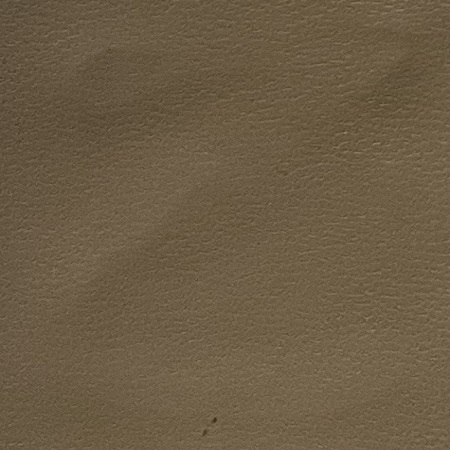
Finally, make sure to choose a shoe lining fabric that is breathable and moisture-wicking. This will help keep your feet dry and comfortable, reducing the risk of blisters and discomfort.
In conclusion, adding foam to shoe lining fabric is a great way to improve the comfort and fit of your footwear. By choosing the right type of foam, securely attaching it to the lining fabric, and following a few key DIY tips, you can create a custom pair of shoes that provide the perfect combination of cushioning and support. So why not give it a try and see the difference that foam can make in your shoes?

